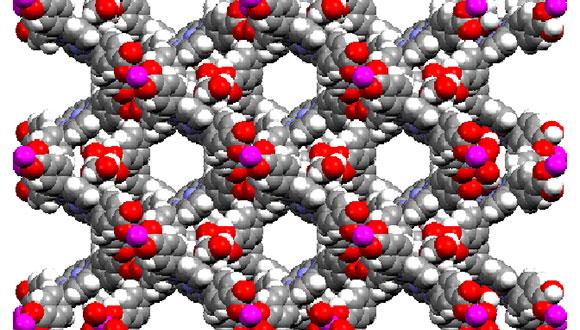סמינר מיוחד בכימיה אורגנית
Dr. Roy Weinstain, Department of Pharmacology, UCSD
Probing the dynamics of biological processes in whole organisms using chemical tools
The mechanisms that govern biological functions in living organisms are highly sophisticated and complex. Techniques and approaches from a wide range of fields are applied in an effort to better understand those. Most biological processes can be viewed as chemical processes exercised on the macro-scale. Thus chemistry, and especially organic chemistry, is particularly suitable for developing tools to address biological questions. Small-molecules activity modulators and inhibitors, molecular sensors, bio-orthogonal reactions and imaging agents are but part of the expanding chemical toolbox applied in biological studies. Here, we show how molecular design and organic synthesis can be used to investigate the distinct roles of specific small molecules in diverse and complex biological environments.
We developed a generic targeting agent for hydrogen peroxide (H2O2) based on an activatable cell-penetrating peptide. This targeting agent reacts with H2O2 to release a highly adhesive cellpenetrating peptide, along with associated cargo, which can then adhere to and penetrate into nearby cells thus, preserving spatial resolution. Fluorescence labeling of the molecule enabled visualization of its reaction with H2O2 through disruption of fluorescence resonance energy transfer. The H2O2 targeting agent selectively reacts with endogenous H2O2, in cell culture to monitor the oxidative burst of promyelocytes, and in vivo to image lung inflammation. Targeting H2O2 has potential applications in imaging and therapy of diseases related to oxidative stress.
Separately, we are developing chemical tools to explore the role of active transport in plant hormones signaling in the plant model Arabidopsis Thaliana. We synthesized fluorescently labeled derivatives of the plant hormone gibberellic acid (GA) and used them to show, for the first time, that GA is actively transported in plants to form unique distribution patterns that correlate with its signaling sites in Arabidopsis roots. This finding unveils a novel layer of regulation that plants exerts over GA signaling. We then used the fluorescent GA to identify a protein from the NRT/PTR transporters family that is involved in the distribution of GA in roots. We are currently developing additional tools to explore GA, and other plant hormones, trafficking.


